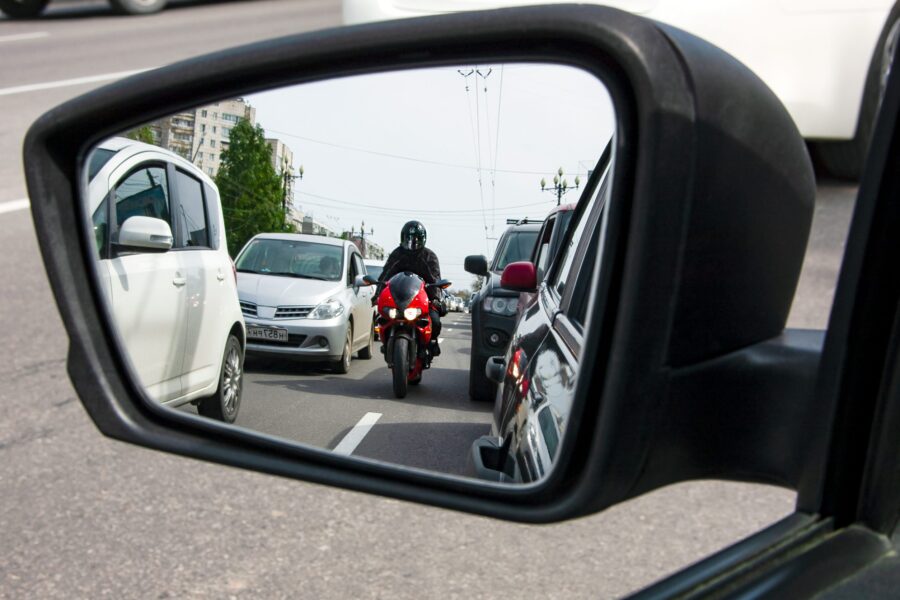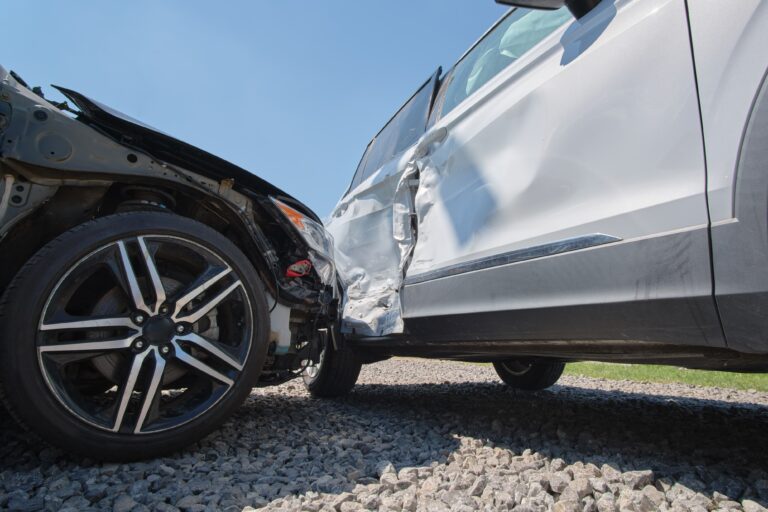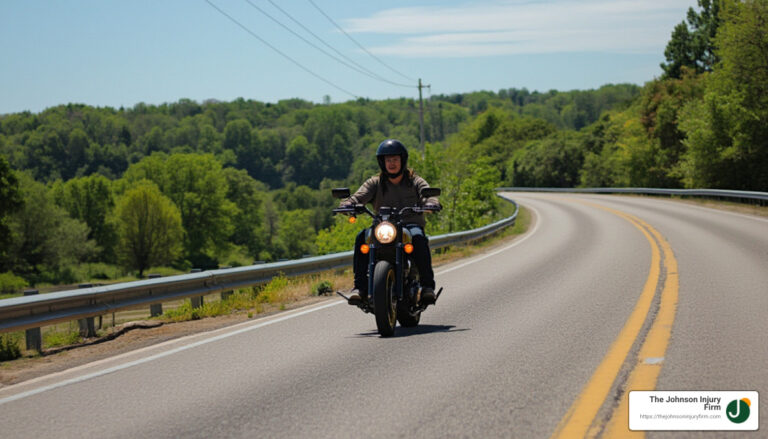Motorcycle operators in Virginia need to familiarize themselves with the state’s motorcycle-related laws, not only to stay safe but also to avoid receiving citations and fines. Below we discuss five laws that every motorcyclist in Virginia should know before they get out on the road.
If you have been injured in an accident and have questions about your legal rights and options, turn to The Johnson Injury Firm. We have extensive experience helping injured motorcyclists seek justice and fair compensation, so call us today for a free case review with an experienced, compassionate Richmond motorcycle accident attorney.
Motorcycle Helmet Laws
Virginia has a universal helmet law, which means that all operators and passengers are required to wear a helmet when riding on a motorcycle. A helmet must meet the guidelines and requirements of either the U.S. Department of Transportation, the Snell Foundation, or the American National Standards Institute.
Safety Gear
In addition to a helmet approved by the USDOT, the Snell Foundation, or the ANSI, motorcycle operators and passengers must also have a face shield on their helmet or eye protection in the form of goggles or safety glasses, if the motorcycle does not have a windshield.
Although not required by law, motorbike riders are strongly encouraged to wear clothing that provides protection from the elements or from injuries in the event of a motorcycle accident. This includes sturdy boots or shoes that cover the ankles, long pants, a jacket made of a durable material such as leather, and a pair of gloves.
Equipment
Motorcycles in Virginia are required to be equipped with a headlight visible from at least 200 feet, taillights, and brake lights visible from at least 500 feet, a light to illuminate the license plate from at least 50 feet, rearview mirrors, turn signals, and a horn. Motorcycles must have both front and rear brakes and must be equipped with the factory-installed exhaust (or comparable exhaust) that should include a muffler.
To carry a passenger, a motorcycle must be equipped from the factory with two seats, or a seat designed to carry two persons and with separate footrests for the passenger.
Lane Splitting
Although bills have been introduced over the years to legalize lane splitting in Virginia, the practice remains illegal. Lane splitting refers to a motorcycle rider riding along road lines or in between lanes of traffic. Some motorbike riders favor lane splitting since it allows them to proceed through heavy or stopped traffic. However, lane splitting puts riders at risk of accidents, as other drivers who are changing lanes may not see a motorcycle that is traveling between the lanes.
Side-by-Side Riding
Under Virginia law, a motorcycle is entitled to the full width of the traffic lane. If a car or vehicle wishes to pass a motorcycle, it must fully move over to the adjacent left lane. No part of a car may occupy the same traffic lane as a motorcycle. The only exception to this rule involves two motorcycles riding side by side in the same traffic lane.
Injured? The Johnson Injury Firm Can Help
If you have been injured in a motorcycle crash in Virginia, reach out to The Johnson Injury Firm today for a free initial consultation, and to find out how our Virginia motorcycle accident lawyers can help you get the answers, compensation, and justice that you deserve.





